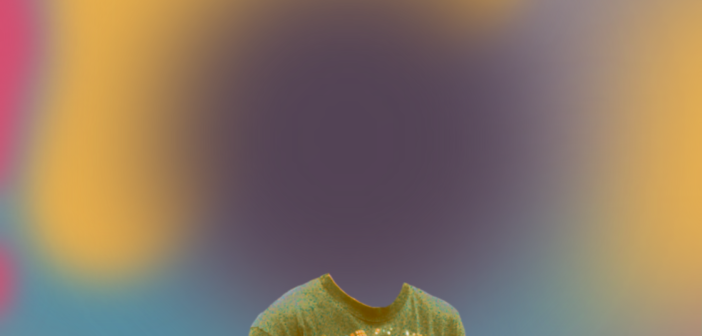Fashion forward, fashion fail, fashion flop and so on. Clothing is the first layer of defense we present to the outside world. To find the heart of a person, one must first get through layers of feathered boas, pressed suits and bedazzled jean jackets.
These pieces of fabric often carry deeper meanings than one might suppose. As individuals, we choose certain items based on how they make us feel or what impression we want to give. As a society, we popularize specific styles and trends to fit larger messages about our cultural values.
So, what does our clothing say about us? Why do we choose the things we wear?
A tale of two trends
With each fashion choice we make, whether we understand our decisions or not, we send a message to the world. As time passes, popular culture, both consciously and subconsciously, picks certain styles to bring into the limelight.
Current trends move quickly and are largely inspired by social media platforms, like TikTok and Instagram, as well as celebrity influencers. Ongoing fashion trends include the “clean girl” aesthetic. The style often includes solid, neutral colors, slicked back buns, light makeup, baggy jeans and a youthful glow. This look tells a story to the world: the wearer is put together, healthy and most likely wealthy.
In recent years, purchasing and wearing clothing from thrift stores has also become popular. What once may have indicated that someone came from a lower income household has drastically shifted into a statement of identity. Now, those who thrift are considered bold, trendy and environmentally friendly.
Molly Fisher, ’23, weighed in on how she uses clothing to express herself:
“I like to dress like the chaotically organized artist. Anything that screams dark academia, Jane Austen protagonist, 80s tomboy or Annie Hall. Altogether, it’s a show of independence and intelligence. I’m a creative person, and I hope that is expressed through my fashion choices. I like feeling like myself in what I wear,” said Fisher.
Today’s trends differ drastically from those a few years ago. No longer do most young women wear Puka shell necklaces and oversized tees. Times change and styles fade, but the fads we choose to follow, and those we dislike, still shape the identity we present to the world.
Codified clothing
As trends come and go, clothing often becomes coded. Popular culture will pin a label to certain style choices. Suddenly, the cuff of a pair of jeans indicates a person’s sexuality; a large collection of flannels in a girl’s closet must mean they like other girls; and a lack of clothing certainly shows that they sleep around.
There are religious markers we express through our clothing. Someone with a gold cross around their neck might try to indicate to the world that they follow Christianity. Likewise, a kippah paired with a Star of David may portray the same dedication, but this time to Judaism.
A headscarf is also commonly worn in the Muslim community to show religious commitment, although many Western cultures have codified the piece of fabric to represent oppression and a lack of self-autonomy. While certain instances exist where the choice to wear the hijab is abused by authority figures, it is generally a means for Muslim women to show respect to God.
Labels come and go, and different articles of clothing come to represent different identities, but ultimately the wearer oversees what their choices mean.
Stylish storytelling
In all actuality, most people dress for comfort or what they believe compliments them the best. Many spurn labels and choose clothing based purely on their own whims. Maybe they’re influenced by popular culture, maybe not, but their style still tells a story.
It weaves a tale of likes and dislikes, passions and fleeting fancies. Our styles constantly change as we grow.
“Fashion means how I express myself through the clothes and accessories I wear. It’s unique for everyone and it’s always changing,” said Nicole Brandy, ’24. “I loved playing dress up when I was younger, and I still think about fashion as that now, a real life game of dress up.”
As a society, fashion means freedom. It represents the choice of how to present ourselves to the world. We choose which parts of us are acceptable for public consumption and which to keep buried, and we hand them to those around us on the platter of our appearance. It is an intricate web we weave—a story with redacted parts—but it’s one threaded with silks, cottons and polyester.

